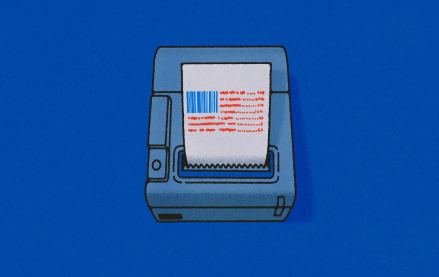
Mike Wolkon, senior associate director of corporate strategy and development, Xandr
The advertising industry is at a crossroads. Fragmentation across technology platforms, consumption habits and data and identity solutions has made it difficult for buyers and sellers to set successful and strategic roadmaps for the future.
Solving the fragmentation challenge takes a mindset centered on unification. It has never been more apparent that the needs of buyers and sellers are very different. Platforms that service both ends of the exchange have a unique perspective and play an important role in bringing those diverging needs together to establish a unified strategy.
Unification will take flexible and open partnerships
The past year has rocked the industry with major changes within the data and identity landscape. Buyers are seeking to maintain the scale they achieve with third-party cookies, and sellers are similarly looking to maximize the value of their inventory while maintaining privacy for their end consumers.
Ad position: web_incontent_pos1
As the deprecation of third-party cookies quickly approaches, options will differ across providers, and common-sense solutions that prioritize flexibility in achieving advertising objectives, transparency and collaboration with both buyers and sellers will come out ahead.
Partnerships and the platforms at their center will need to be positioned as open — with clients and the industry as a whole — and focus on an understanding of how to use first- and third-party datasets. Intelligently activating this data within scaled advertising technology marketplaces will remove silos so that the industry can continue delivering relevant advertising to consumers with privacy at the forefront of all transactions.
The convergence of digital and TV will require unified buying strategies
Ad position: web_incontent_pos2
It’s no secret that the way in which audiences consume content is changing. The rise of connected TV (CTV) and over-the-top streaming services (OTT) means premium content is available at people’s fingertips at all hours of the day.
For consumers, there aren’t many downsides to easily accessible content. However, for advertisers and publishers, it brings a new challenge as they look for a unified platform that enables them to reach audiences where they are watching in a consistent yet non-interruptive way.
Because the convergence of digital and TV is still nascent, marketing teams are testing solutions from all angles that boast different ways to target, activate and measure. The resulting fragmentation has brought rallying cries for the open internet, or platforms outside of the walled gardens, to introduce a better way for buyers to access supply.
Unique and creative offerings like curation and the unification of linear and digital audiences are starting to gain traction and pave the way for more widely adopted unified buying strategies.
Unification for the future
As the industry looks for ways to combat fragmentation and simplify transactions across formats, solutions supporting not just display but also CTV, OTT, data-driven linear and other audience-based media, are required for building a successful long-term strategy in the ad tech ecosystem.
Rather than continuing the pattern of “race to the bottom” consolidation with more niche, gated data, the industry needs intelligent, consumer-safe ways to layer data onto existing inventory.
Buyers are seeking increased customization and optimization as packaged deals of media and data are proliferating. Publishers are seeking new ways to forecast and package audiences across a variety of formats. The industry has evolved significantly over the past year to meet these ever-changing needs of advertisers, publishers and consumers, but it faces an uphill battle as varying and disparate data sets and supply sources continue to emerge.
The ability to build on this progress and provide flexible solutions that enable sophisticated, unified advertising strategies will become a key differentiator for platforms looking to grow their industry share.
More from Digiday
Sliders test article
Agencies hope connected TV and digital out-of-home will play a bigger role in upcoming elections and politics — especially for smaller media agencies that are handling many of the less visible races in the crowded political space. For a number of media agencies looking to place their political ad dollars down in this major election […]

How CTV and DOOH are growing this political season for smaller agencies
Connected TV and digital out-of-home are playing a bigger role in upcoming elections and politics – especially for smaller agencies looking to place clients’ dollars.

CMO Strategies: Advertisers identify the top attributes on ad-supported streaming platforms
This is the third installment in Digiday’s multi-part series covering the top ad-supported streaming services and part of Digiday’s CMO Strategies series. In this report, we examine which ad attributes matter the most to marketers on streaming platforms.
Ad position: web_bfu